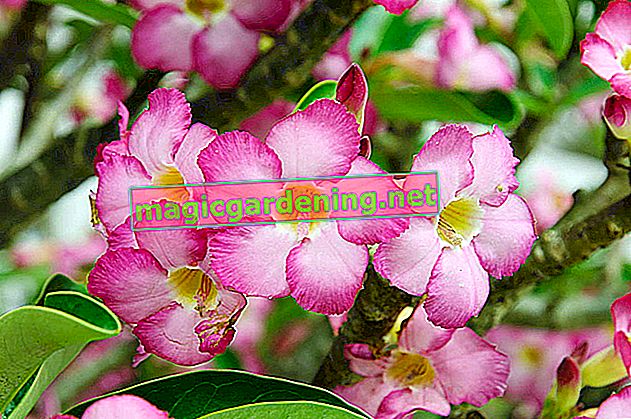
Toxic ingredients of hyacinth
| Toxin | Plant parts | Symptoms easy | Symptoms severe |
|---|---|---|---|
| Salicylic acid | Leaves and flower stalks | Nausea - vomiting | Kidney damage symptoms of paralysis |
| Calcium oxalate | Onions | Nausea - vomiting | Kidney damage - symptoms of paralysis |
| Saponins | Onion seeds | Skin irritation | Inflammation - eczema |
First aid after poisoning by hyacinth
If you have only consumed small amounts of the plant, you will hardly feel any discomfort. The poisonous effects of the plant become apparent only when consumed in large quantities.
also read
- Christmas roses are among the highly poisonous ornamental plants
- Hyacinths are poisonous to cats
- Maintain hyacinths in the garden
If you accidentally swallow the hyacinth's flowers or leaves, drink plenty of clear, cold, non-carbonated water to dilute the concentration of toxins.
If large quantities of hyacinth have been ingested or if the victim is a small child, call your doctor or the poison control center in your area to be on the safe side.
Skin damage from "hyacinth scabies"
Like all salts, calcium oxalate is sharp-edged. When it comes into contact with the skin, the salt can tear and damage the skin. Some people are also allergic to the saponins. Inflammation and eczema can result.
Therefore, always wear gloves when caring for the hyacinth or planting the tubers.
Tips & Tricks
While accidental ingestion of parts of the hyacinth hardly leads to severe symptoms of poisoning in humans, the situation is different in animals. Cats in particular are at risk. Make sure that the four-legged friends do not come into contact with bulbs, flowers or leaves.







